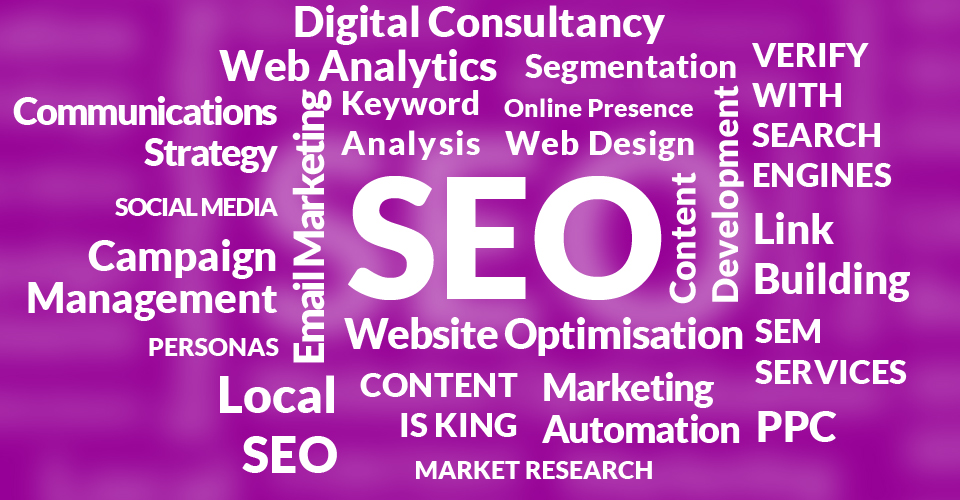What is Search Engine Optimisation?
The world is full of information – a lot of it is even excellent! However, with so many websites in existence there is a need for something to index all the information. That is where Google and the other search engines come in, as they are an excellent way of finding information from all over the world.
Search Engine Optimisation (SEO) is simply the task of helping Google (and other search engines) find and index your website and the content within. SEO encompasses both technical and creative elements required to improving rankings, driving traffic and increasing awareness in search engines. There are many aspects to SEO, from the words on your page to the way the website is built, but typically SEO is as simple as making sure you populate certain fields in the content management system (CMS).
Why SEO?
The major commercial search engines, Google, Bing, and Yahoo drive the majority of web traffic – with Google accounting for about 80%! People spend a long time researching and writing original content for various websites. The problem is, unless other people can find your content, then what is the point?!
Search engines are unique in that they guide people directly to the specific pages of websites and therefore search engines need to find the most relevant content available on the World Wide Web. If your content does not meet some basic requirements you can guarantee someone else has taken the time to optimise their content, so your content will simply not feature in the search results.
How do you do SEO?
The following provides website editors with an overview of the basic steps required to update your webpage so it will conform to minimum SEO standards.
CRITICAL ACTION 1 – URL
If you have the option to set the URL for a page make it short, readable and relevant to the page content. E.g. a page about leadership should have the URL /leadership.
CRITICAL ACTION 2 – Meta-Title
The meta-data is not seen on the actual web page but is important for search engines to determine the content of the page. The areas to focus on are the meta-title and meta-description (N.B. Keywords are no longer required).
The meta-title is the blue text that appears in the search results page of Google and it displays between 50-60 characters. Therefore make your title less than 55 characters to ensure the title displays correctly. Like the URL, make sure the meta-title is short, readable and highly relevant to the page content.
CRITICAL ACTION 3 – Meta-Description
The meta-description follows on from the meta-title and is the grey text in the search results page. The meta-description should describe the page contents enough that it will, hopefully, make a compelling case for people to click through to the website from the search engine. Google displays 160 characters; therefore try to make your title between 150-160 characters for maximum benefit.
CRITICAL ACTION 4 – H1 & H2 page titles and Page Content
When it comes to the actual content of your page, this needs to be written normally and by that we mean, think of it as writing a letter or newspaper article. Think about your spelling and grammar, as well as making the content interesting and easily readable. Do this and you will not go too far wrong.
If you start trying to stuff you content with keywords your page will be marked as spam, which will have a negative effect. Write the content in plain, simple and readable English.
The only other piece of information you need to add is a title for the content. This is called the Heading 1 or H1 title – use the styles within your CMS to select this. Make the H1 as descriptive as possible.
If you have multiple titles in your content then sub-titles can use the H2 style.
Finally, the content needs to be a minimum of 250 words, and ideally more, as Google takes this as an indicator of detailed content.
CRITICAL ACTION 5 – Image Alt Tags
Whenever you include an image on a page it is very important to include an ‘Alt Tag’ or alternative tag. The Alt Tag is simply a description of the image. All images need to have this as it helps Search Engines make sense of images.
The Alt Tag is a field within the CMS when you select an image to include on your page.
ACTION 6 – Links to other content
While not essential, it is always good to link your page to other interesting content. This is all about creating a user journey.

